What Is Algae: Learn About Types Of Algae And How They Grow
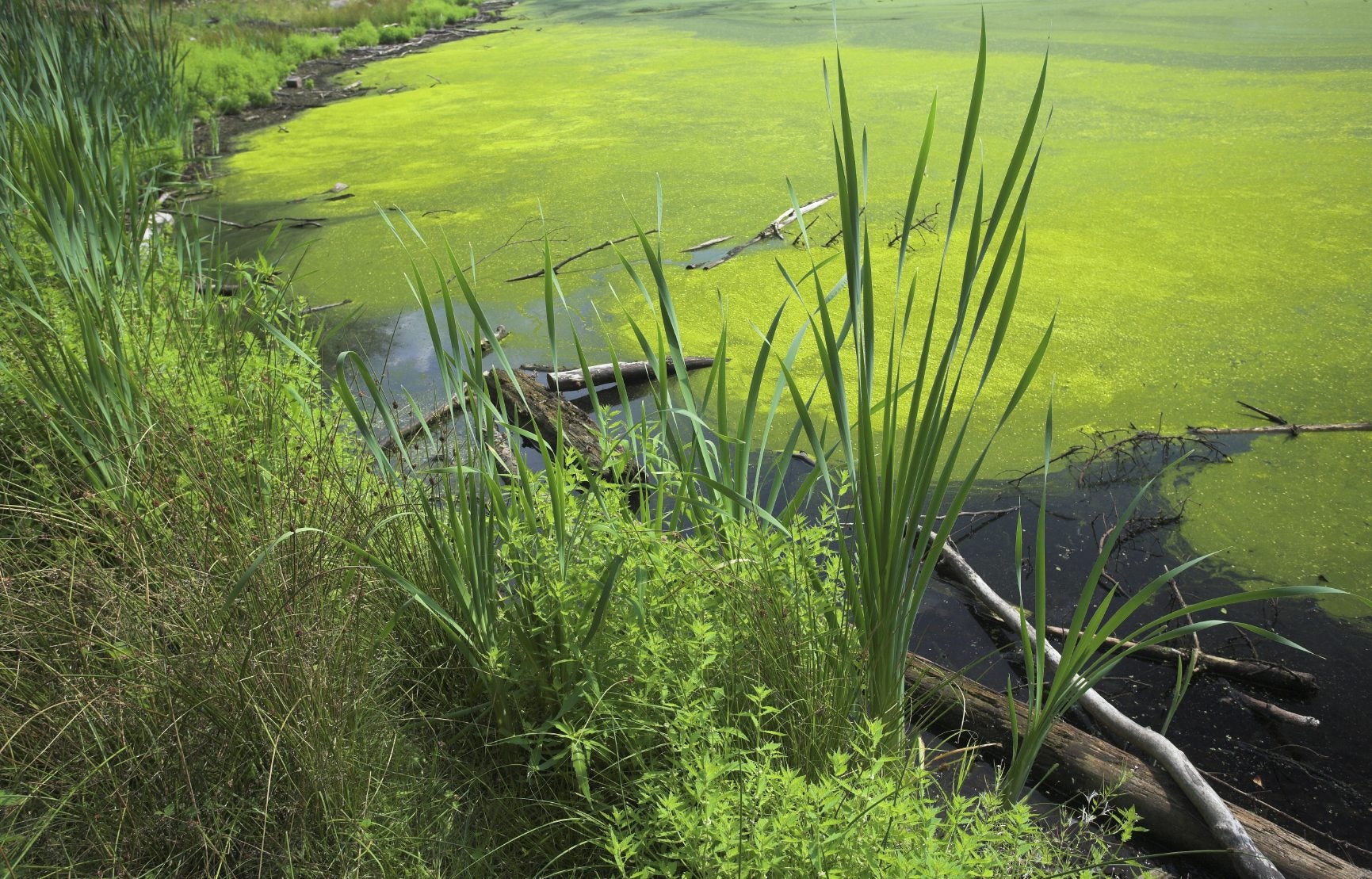

We understand a great deal more about the world around us than our ancestors did 100 or so years ago, but there are still some mysteries that remain. Algae is one of them. Blurring the line between plant and animal with their chlorophyll, eyespots, and flagella, algae has confounded even scientists, who have sorted algaes into two Kingdoms: Protista and Prokaryotae. How algae relates to your landscape is a difficult question. It can be both friend and foe, depending on the circumstances.
What is Algae?
There are numerous types of algae, divided into 11 phyla. Many species live in saltwater, so are not something you'll run into often, but three main groups make their homes in fresh water. These algae belong to:
- Phylum Chlorophyta
- Phylum Euglenophyta
- Phylum Chrysophyta
The types of algae growth you see in your backyard pond is due to one of these three groups, most often the green algae in Phylum Chlorophyta or the diatoms belonging to Phylum Chrysophyta. If you were to put algae under a microscope, you'd see that they're mostly made up of a single cell. Many have flagellum that help them move about. Some species even have a rudimentary eyespot that helps them locate and head toward light sources. Due to the wide range of creatures included under the umbrella, algae identification can be tricky at the cellular level. It's easy to see when these creatures have overrun your pond though.
Is Algae Control Necessary?
Algae are pretty amazing creatures that can move around, but also produce their own food. Some gardeners might tolerate them simply because they're so fascinating, but unless algae colonies are the only thing you're growing, you should consider controlling these organisms. Unfortunately, algae tends to bloom and die rapidly, first flooding your pond with the oxygen it produces while it removes all the nutrients from the water. Once all those nutrients are spent and the water is overly-oxygenated, the algae colonies die back dramatically, creating an opening for a bacterial bloom. All this cycling, not to mention the competition for nutrients, is hard on your pond plants and animals, so control is usually recommended. Mechanical filtration can catch some algae, as well as helping to eliminate the dead colonies, but you'll need to change or clean your filtration medium every few days until your algae colonies are under control. Whole pond changes are dramatic, but can eliminate most of your algae colonies if you scrub the liner well with an algaecidal disinfectant. If your algae problem isn't too bad and your pond life can tolerate it, regular treatment with an algaecide is a good idea.
Gardening tips, videos, info and more delivered right to your inbox!
Sign up for the Gardening Know How newsletter today and receive a free copy of our e-book "How to Grow Delicious Tomatoes".

Kristi Waterworth was a regular contributor to Gardening Know How for many years, answering countless queries on plant pests and diseases.
-
 8 Noteworthy Native Azaleas Every Gardener Should Know – And Grow!
8 Noteworthy Native Azaleas Every Gardener Should Know – And Grow!Native azaleas offer brilliant blooms in a range of colors and sizes. Here are a few favorites to get inspired and start working on a native shade garden!
-
 Growing Climbing Roses: How To Create Elegant Displays With Maximum Blooms
Growing Climbing Roses: How To Create Elegant Displays With Maximum BloomsMaster the art of growing stunning climbing roses with this essential guide to creating vibrant, fragrant walls and structures all summer long.
-
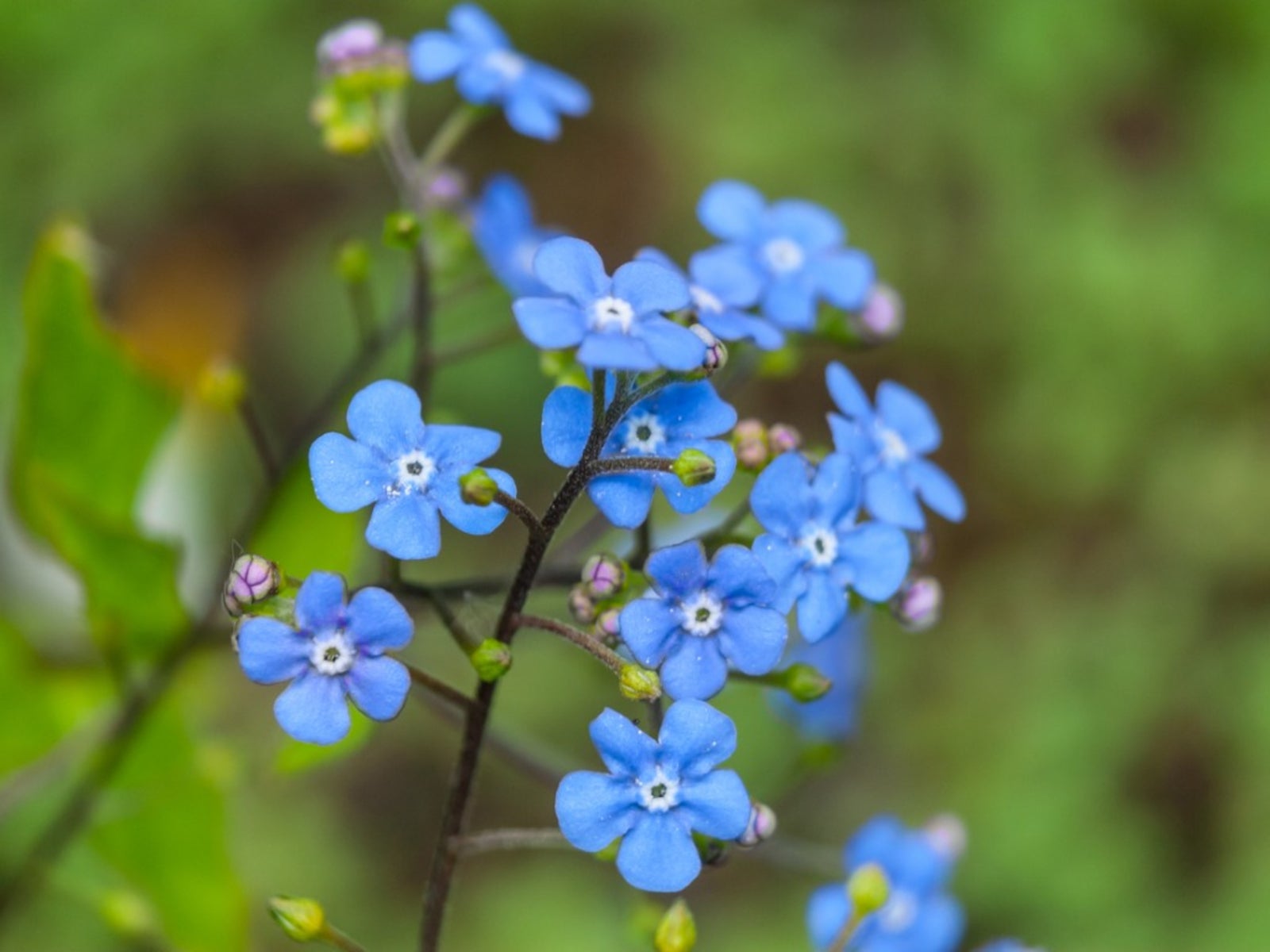 Flowering Pond Plants - Growing Aquatic Flowers
Flowering Pond Plants - Growing Aquatic FlowersAdding flowering pond plants to natural and manmade water features can be an easy way to quickly beautify a space with lush greenery and vibrant bursts of seasonal color. Read on for more.
-
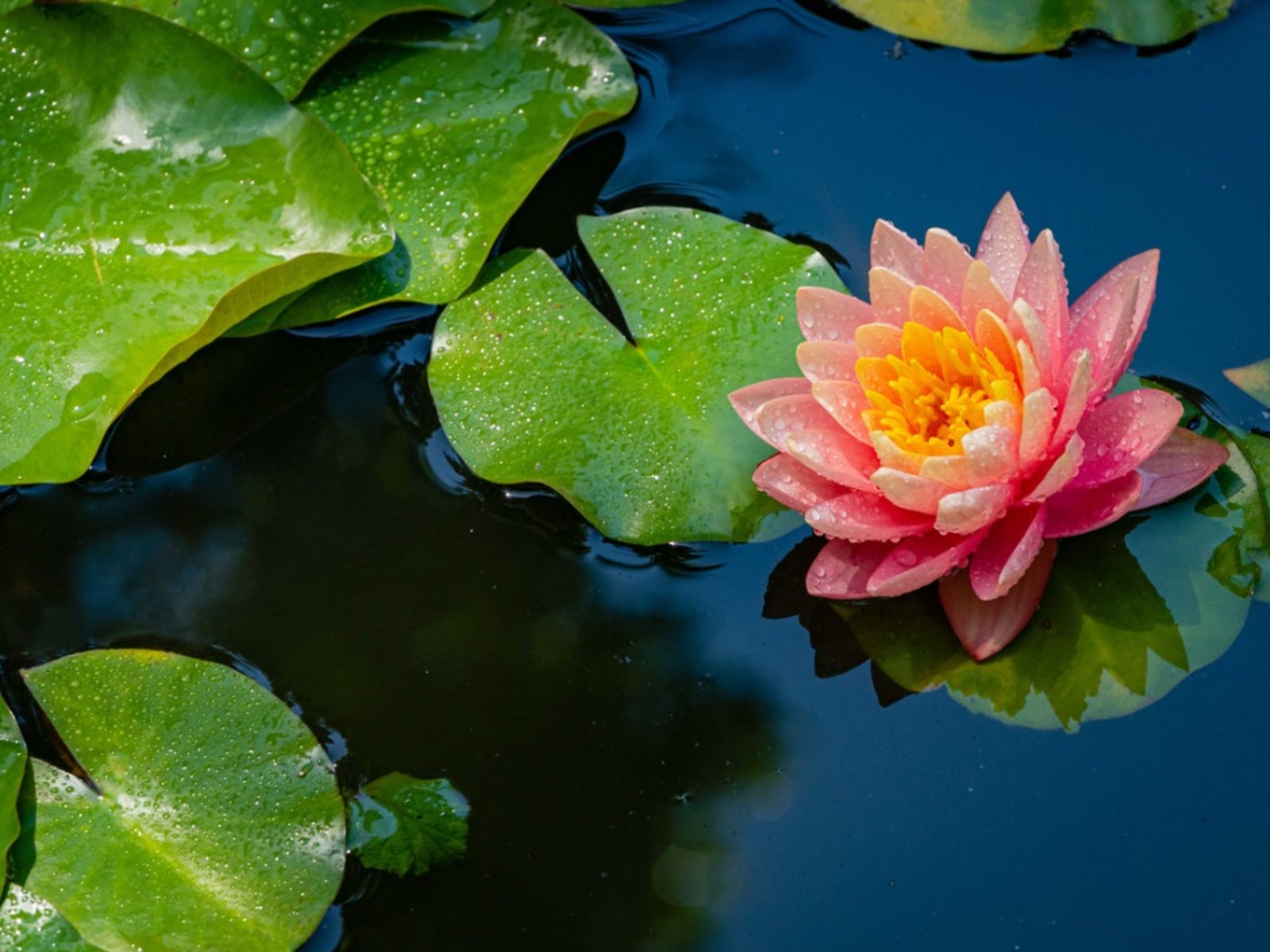 Full Sun Aquatic Plants - Full Sun Floating Pond Plants
Full Sun Aquatic Plants - Full Sun Floating Pond PlantsThere are pros and cons to putting a pond in full sun, but it's very doable. Here are some ideas to get you started.
-
 Echinodorus Creeping Burhead – Information On Creeping Burhead Plant Care
Echinodorus Creeping Burhead – Information On Creeping Burhead Plant CareCreeping burhead plants are members of the water plantain family and commonly used in freshwater aquariums or outdoor fishponds. Echinodorus creeping burhead is native to the eastern half of the United States. To learn more about the creeping burhead plant click the following.
-
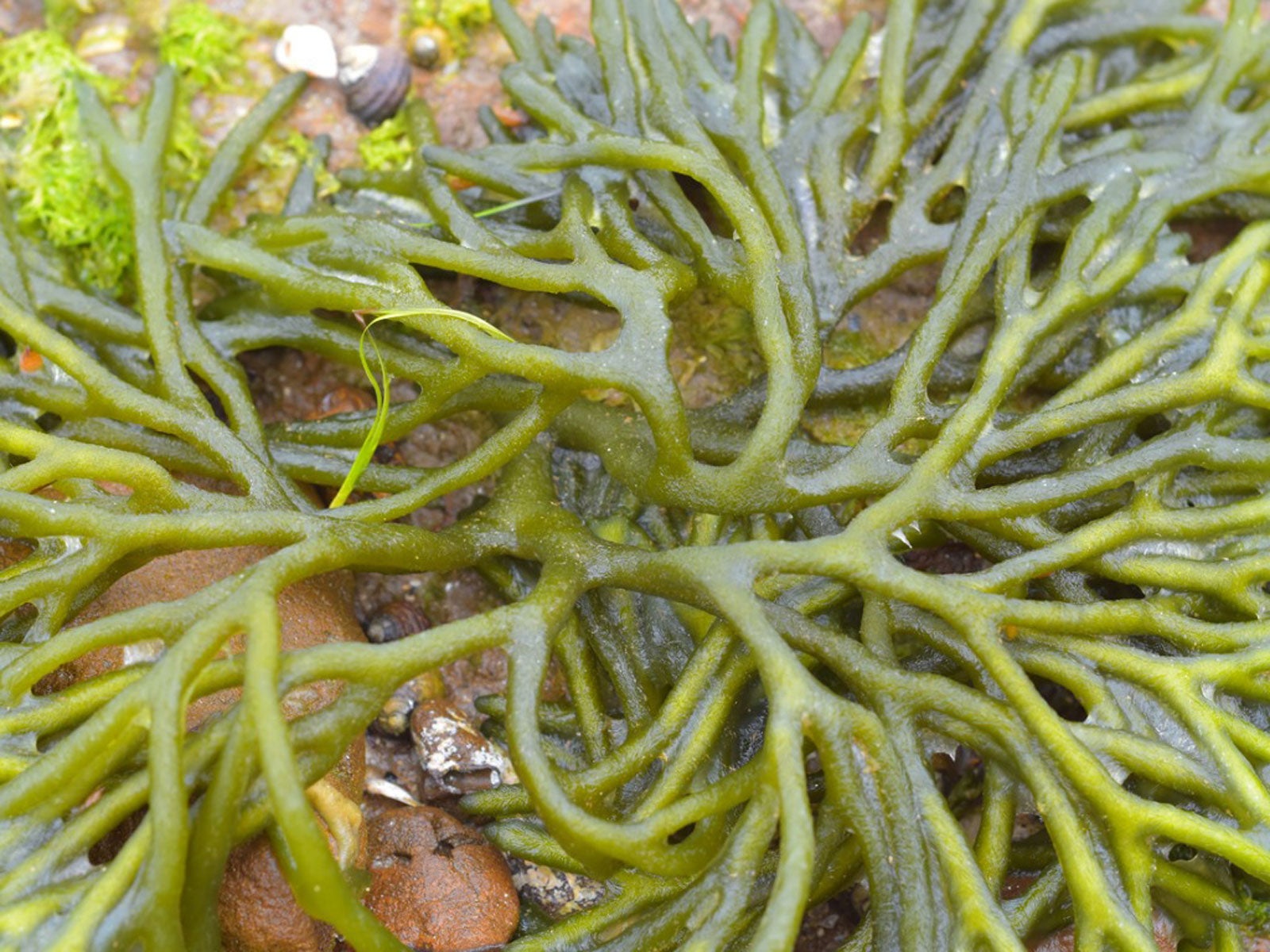 What Is A Saltwater Aquarium: Plants For Saltwater Aquariums
What Is A Saltwater Aquarium: Plants For Saltwater AquariumsBuilding and maintaining a saltwater aquarium requires some expert knowledge in choosing the right plants. Here are some choices to start with.
-
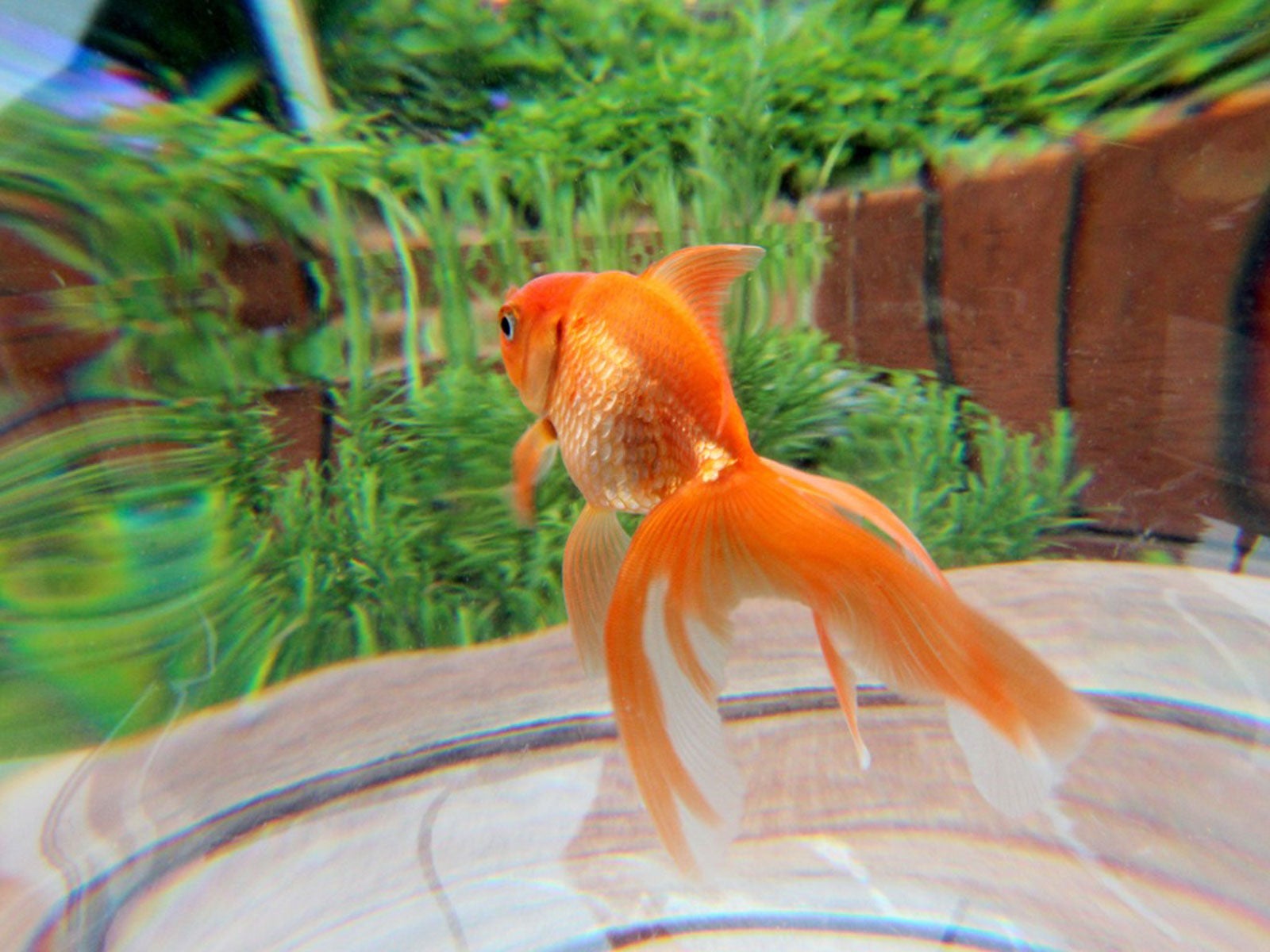 Outdoor Aquarium Ideas: Putting A Fish Tank In The Garden
Outdoor Aquarium Ideas: Putting A Fish Tank In The GardenAquariums are generally made for inside the house, but why not have a fish tank outside? Click here for tips and ideas on backyard aquariums.
-
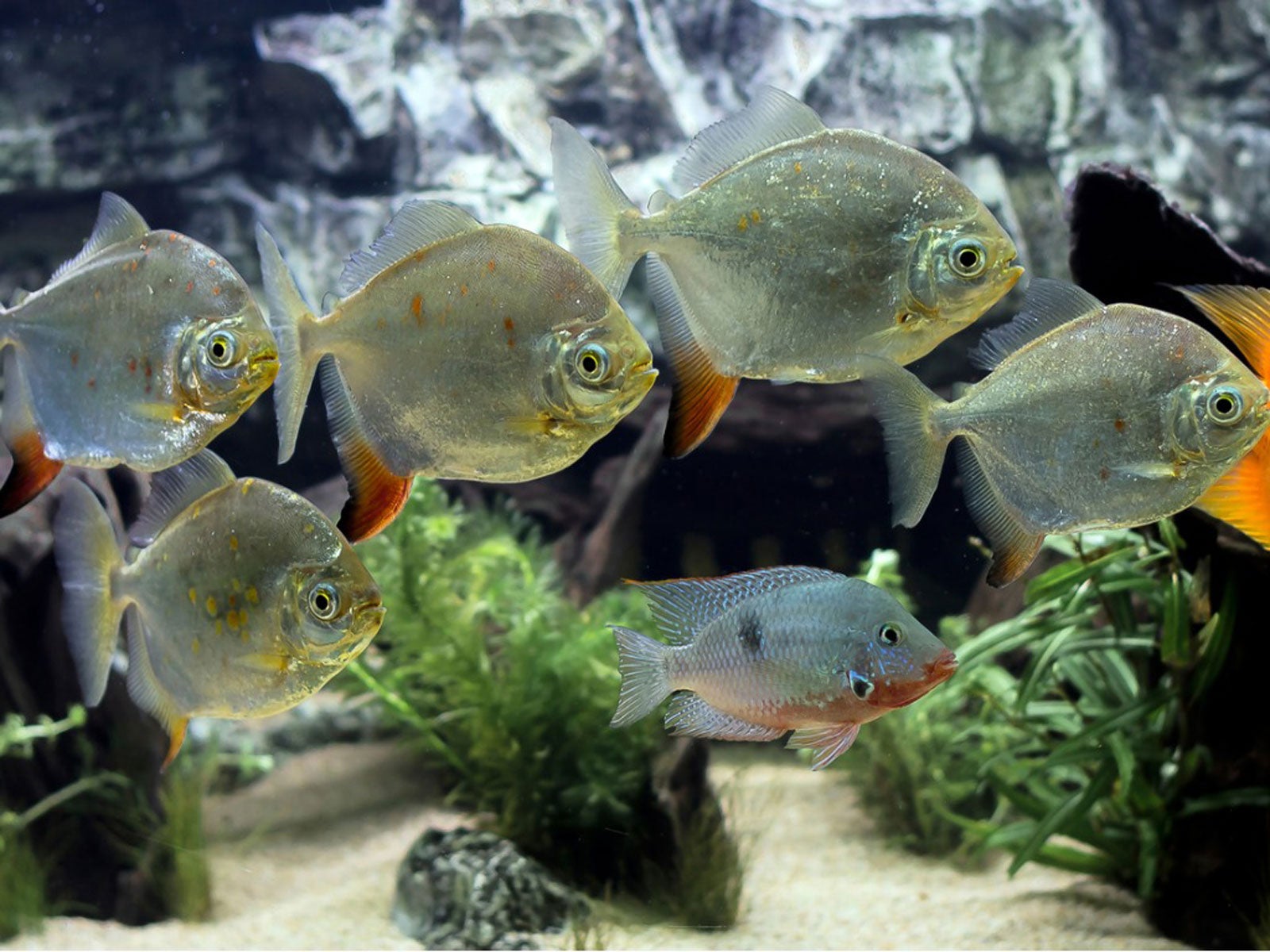 Fish That Eat Plants – Which Plant Eating Fish Should You Avoid
Fish That Eat Plants – Which Plant Eating Fish Should You AvoidGrowing plants with aquarium fish is rewarding, but if you want to combine plants and fish, learn what aquarium fish to avoid. This article will help.
-
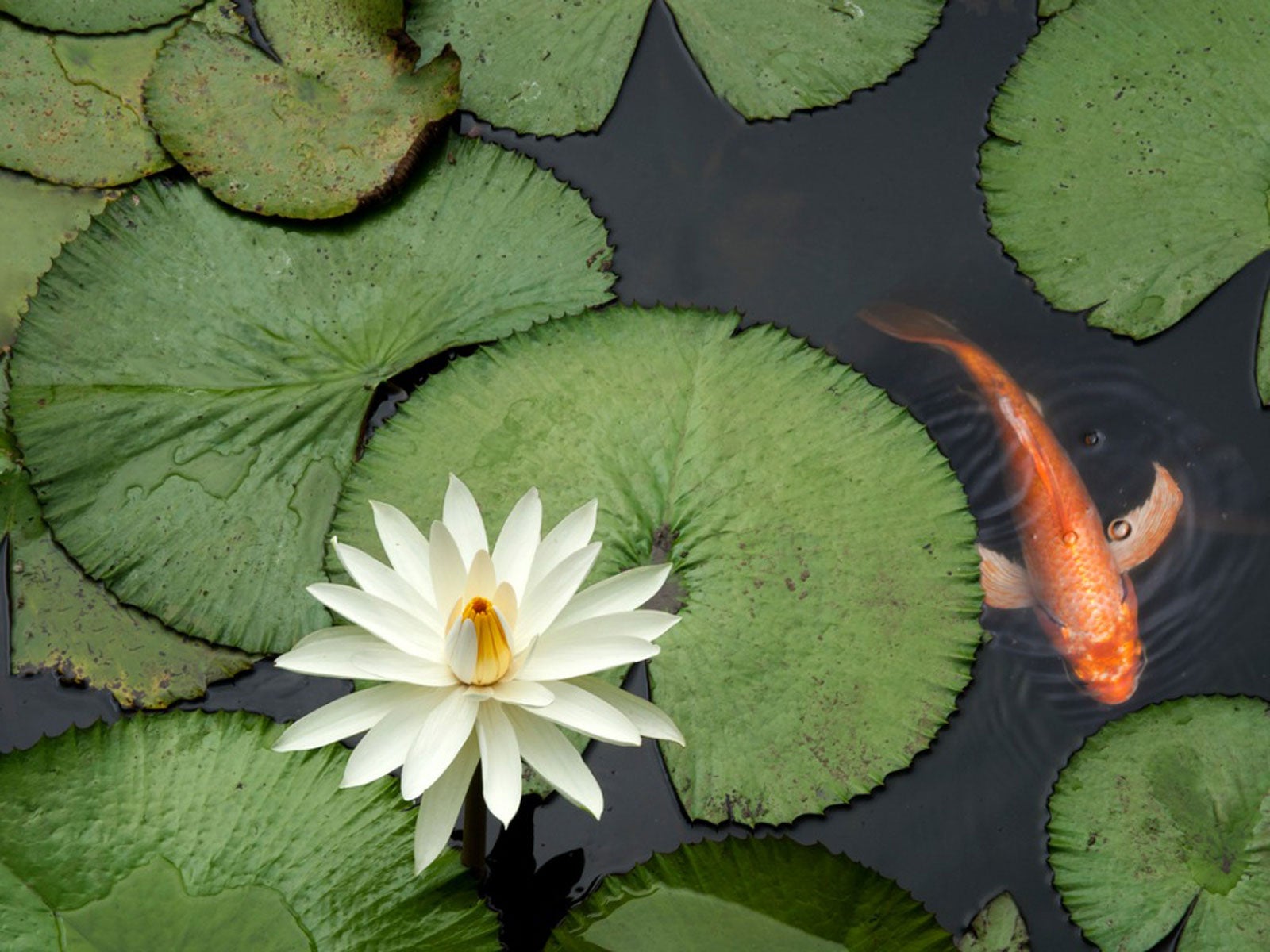 Is Pond Fertilizer Bad For Fish: Learn About Fish Safe Fertilizer
Is Pond Fertilizer Bad For Fish: Learn About Fish Safe FertilizerUsing fertilizer around fishponds must be done with care. Excess nitrogen causes algae, but can also contaminate the water and affect fish. Learn more here.
-
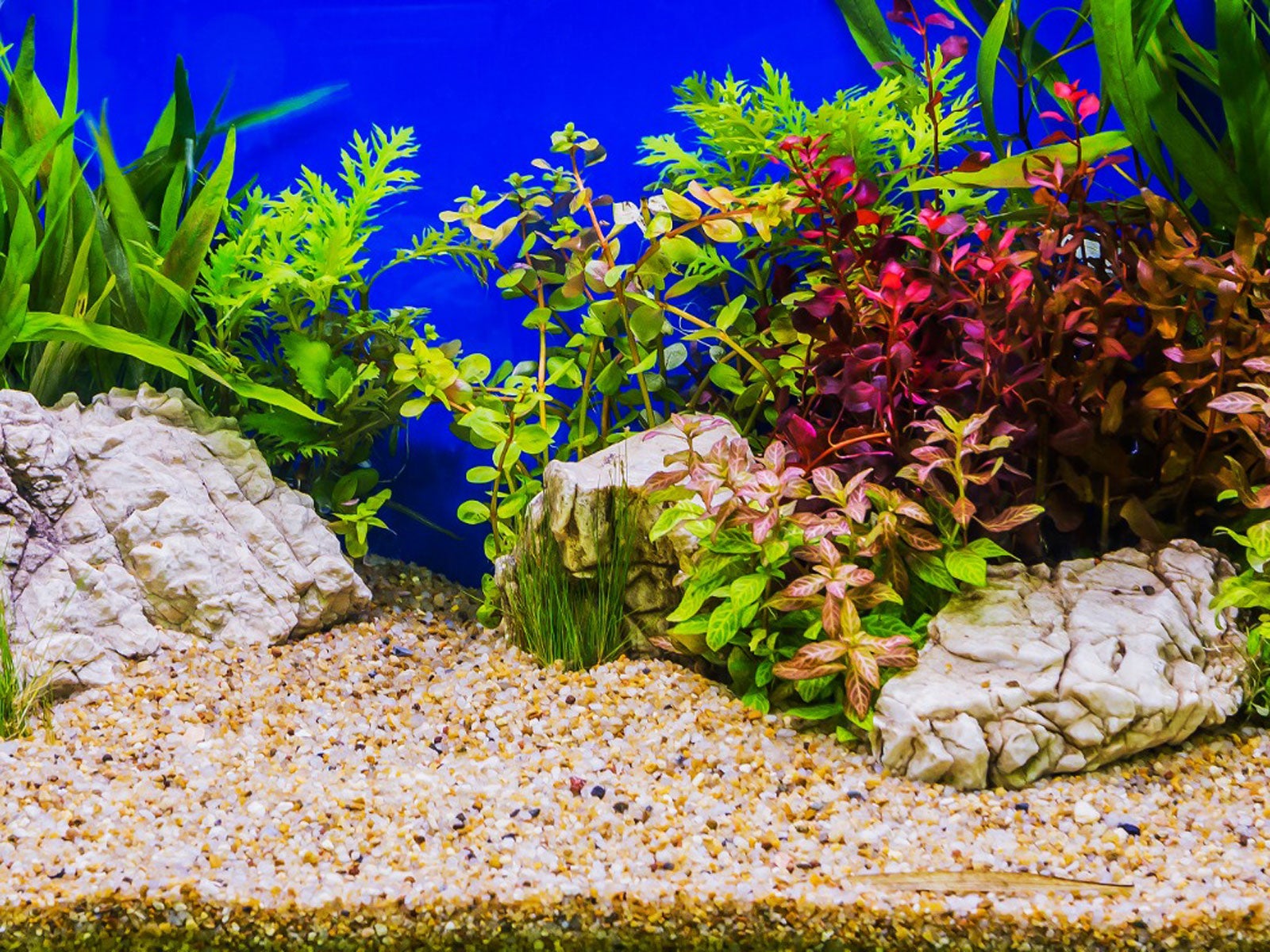 What Is Aquascaping – Creating An Aquarium Garden
What Is Aquascaping – Creating An Aquarium GardenAquatic gardening can be a rewarding endeavor, especially when aquascaping. Click this article to learn more about creating an aquarium garden.